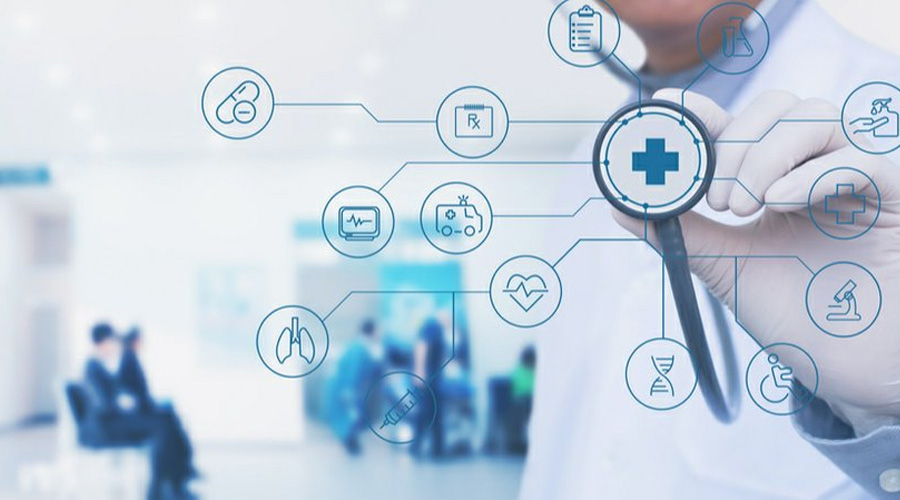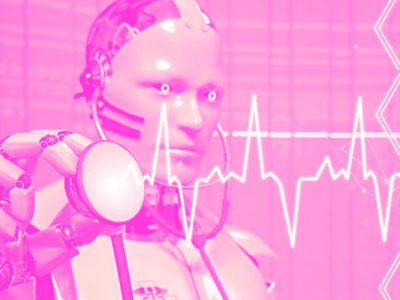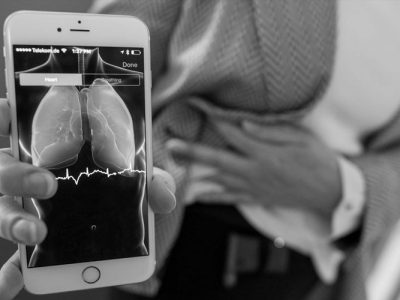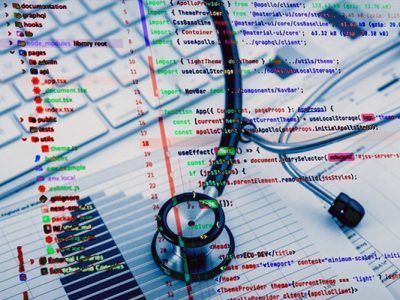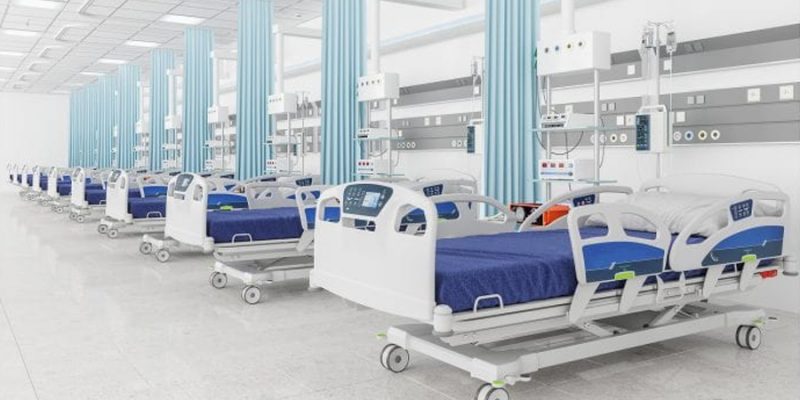
With the help of Artificial Intelligence and data analytics, the healthcare business is reaching new heights in terms of improving the sector’s overall condition.
Hospitals are looking for strategies to keep their patients safe from hospital-acquired diseases, as the COVID-19 pandemic continues to spread over the world. Hygiene monitoring, data analytics, and artificial intelligence technologies are just a few of the ways that have been used.
AI is commonly utilised in healthcare by experts to diagnose illnesses like cancer, HIV, diabetes, chronic heart disease, and others, in their early stages. It has enabled clinicians to adopt a more holistic approach to treating ailments, conducting drug testing, and providing patients with long-term treatment recommendations. AI assists doctors in contacting each other from anywhere to undertake various surgical methods and operation procedures, allowing them to respond quickly and make vital judgments on the spot. It enables medical providers to have a better understanding of their patients by learning about their lifestyle, eating habits, and previous medical records and then recommending therapies appropriately. It also gives patients immediate feedback and advice on how to stay healthy.
With the use of data analytics, massive amounts of fragmented, organised, and unstructured data may be processed, managed, analysed, and merged. To get accurate results, this data must be properly managed and analysed, which includes data cleansing, data mining, data preparation, and data analysis, utilised in healthcare applications.
Diagnosis of Diseases at an Early Stage to Prevent Serious Infection
Doctors have been able to identify chronic diseases such as cancer, HIV/AIDS, heart disease, diabetes, renal disease, and others at an early stage because of AI tools. If these disorders are not treated promptly, they might result in disability and death. AI is rapidly being used by businesses and hospitals to enhance chronic illness management and patient health, resulting in more tailored treatment. IBM Watson, for example, is a computer system that diagnoses cancer with 99 percent accuracy and also discusses alternative methods of diagnosis. In hospitals, the application of AI has lowered the danger of misdiagnosis and medical mistakes, which are responsible for thousands of fatalities each year.
Use of AI and Data analytics in Monitoring and Testing
MRI, ECG, MEG, CT scan, ultrasonography, x-rays, laser therapy, and other technologies are used to identify, monitor, and assess diseases and the body’s well-being. Such tests are simple to do, and the results are provided immediately, with treatment recommendations. Robots are now included in light detection and ranging systems (LIDAR). It can visually identify and comprehend sickness, while also allowing specialists to converse from a distance. It allows for screen consultations with other doctors from across the world, to discuss a patient’s treatment and care.
Create Effective Drugs to Cure Infections
Finding a new pharmaceutical treatment entails several stages and experiments, as well as a substantial investment of time and money. From the lab to the pharmacy, a new pharmaceutical takes 12 years and costs US$350 million. Big data analytics may now be used by researchers, to simplify and speed up this process. Data analytics and machine learning algorithms aid research groups, because they give a data-driven perspective at every level of the process. It can predict the success percentage, as well as how the chemical would behave in the human body, resulting in more accurate medication discovery.
Efficient Patient Care
Analytics combined with AI-enabled technologies, aids in illness detection and monitoring. It also allows clinicians to treat patients with chronic conditions, with personalised health care. Robotics reduces physicians’, nurses’, and professionals’ workloads, allowing them to spend more time with patients and connect with them, which is more effective in promoting long-term health. These AI-enabled robots with cameras, can more reliably monitor the difficulties that patients confront after surgeries, assess workouts, measure pressures, analyse their health and eating patterns, and track the development of patients than people. They also speak with patients to encourage them and help them feel better.
To trigger Real-TimeAlerts
Although in-house therapy is costly, keeping track of a patient’s health data is crucial for better care. Doctors may now electronically monitor a patient’s vital data, and provide real-time medical assistance as needed, thanks to the emergence of wearable technology. The wearable devices will collect patient data and store it on the cloud, where it will be accessible to care managers and clinicians. When a patient’s blood pressure exceeds a particular threshold, the system alerts the doctor, who can intervene to save the patient.
Reduce Risk in Prescription Medicine
Data science technology is also minimising the risks connected with prescription medications, in addition to boosting diagnostic accuracy. When a patient receives medicine, deep-learning algorithms compare it to databases and alert the doctor if it varies from standard therapy. This benefits the healthcare provider, by improving health outcomes and reducing potentially deadly side effects from incorrect medicines.


